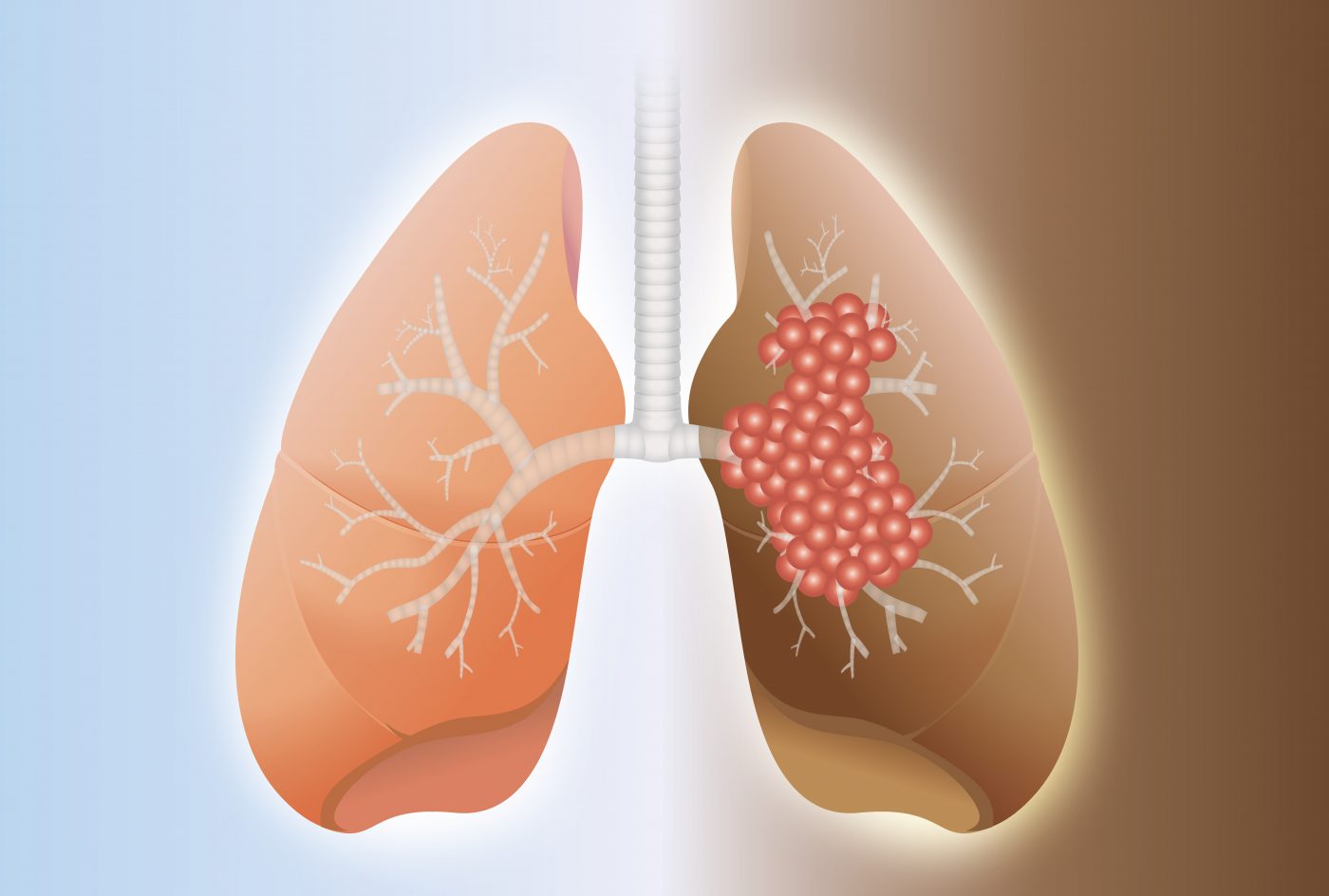FAQs About Pulmonary Fibrosis
Written by |

Information about pulmonary fibrosis (PF) can be hard to find. This article aims to answer some of the frequently asked questions (FAQs) about this disease.
What is PF?
PF belongs to a group of lung disorders called interstitial lung diseases (ILD). It is a progressive disease marked by fibrosis, or scarring of lung tissue, that makes breathing difficult and affects lung function.
Are there different types of PF?
There are several types of PF. Idiopathic pulmonary fibrosis (IPF), or PF of no known cause, is the most common type, affecting nearly 13 to 20 people per 100,000 worldwide. There also is a very rare type of PF that can be inherited, called familial pulmonary fibrosis (FPF).
Other types of PF include idiopathic nonspecific interstitial pneumonia (NSIP), cryptogenic organizing pneumonia (COP), and sarcoidosis.
What causes PF?
The causes of PF can be highly variable. These include autoimmune diseases, occupational or environmental health hazards, medication, and in some cases, genetics.
What are the symptoms of PF?
PF is a progressive disease and can affect anyone, although it is seen more commonly in middle-aged and older adults. The symptoms of PF include breathlessness, cough, weight loss, fatigue, aching joints and muscles, and clubbing (the widening and rounding of fingers and toes).
As the disease progresses, other symptoms such as heart failure, stroke, pulmonary embolism, and lung infections are likely to occur due to progressive lung damage.
How will doctors know I have PF?
The diagnosis of PF requires multiple tests, including chest X-rays, lung function tests, and pulse oximetry. A biopsy of the lungs may be needed to rule out other lung diseases.
How is the severity of PF determined?
The progression of PF can be categorized into stages based on the results of forced vital capacity (FVC) tests, determined by spirometry. The staging is as follows:
- FVC greater than 75% — mild disease
- FVC between 50 and 75% — moderate disease
- FVC between 25 and 49% — severe disease
- FVC lower than 25% — very severe disease
Can PF be inherited?
Rare cases of PF inheritance have been reported. Autosomal dominant mutations in the genes TERT and TERC are known to be implicated in nearly 15% of familial pulmonary fibrosis cases.
Is PF contagious?
No. PF is not contagious and does not spread from person to person.
What treatment options are there?
There currently is no cure for PF. Available treatment options rely on symptom management, oxygen therapy, and pulmonary rehabilitation.
There are several approved treatments, including Ofev (nintedanib) and Esbriet (pirfenidone).
A lung transplant may be recommended if all other options have been exhausted and the patient meets certain eligibility criteria.
What is life expectancy like?
PF has a poor prognosis and most patients live about three to five years after diagnosis. Several factors — age, gender, ethnicity, physical features, comorbidities (other illnesses), smoking, physiologic factors, and pathologic factors — can affect prognosis.
Can pulmonary fibrosis be prevented?
While there are no established ways of preventing PF, potential risk factors such as smoking and exposure to environmental pollutants can certainly be avoided. If there are family members affected by PF, undergoing genetic tests can help in planning ways to reduce the risk of the disease developing.
Does exercise help in slowing disease progression?
Although exercise does not slow down PF progression by itself, it helps keep the lungs, heart, and breathing muscles strong. In some cases, however, exercise can be counterproductive. That makes it important for people with PF to check with their doctors before starting an exercise regimen. Often, a pulmonary rehabilitation program is the best way to learn proper breathing and exercise techniques for PF patients.
Should diet be modified?
For PT patients who are overweight, it helps for them to incorporate some changes into their diet. Excess weight can impede comfortable breathing. Large meals also can put pressure on the diaphragm, which can cause discomfort and breathing difficulties. People with PF should consult their doctors or a dietitian, who will be able to suggest a diet and eating schedule tailored to their symptoms.
Does air travel pose issues for PF patients?
Yes. The pressurized cabin inside an airplane can make breathing difficult. It is important for patients to obtain a fitness certificate from their doctor before embarking on a flight. That certificate also must be shown to the airline staff while making the reservation. An FAA-approved portable oxygen cylinder may be carried on board, and can be used during takeoff or landing, if needed. Check with the airline well in advance to determine if the carrier is able to provide one, if necessary.
Where can I find more information?
Our website offers comprehensive insights into all aspects of PF, including ongoing research, new therapies being developed, and ongoing clinical trials.
For more information and access to support groups and networking opportunities, check out the following organizations:
- National Heart, Lung, and Blood Institute
- American Lung Association
- Pulmonary Fibrosis Foundation
- National Jewish Health: Familial Pulmonary Fibrosis
Last updated: Sept. 25, 2019
***
Pulmonary Fibrosis News is strictly a news and information website about the disease. It does not provide medical advice, diagnosis, or treatment. This content is not intended to be a substitute for professional medical advice, diagnosis, or treatment. Always seek the advice of your physician or other qualified health provider with any questions you may have regarding a medical condition. Never disregard professional medical advice or delay in seeking it because of something you have read on this website.






